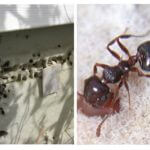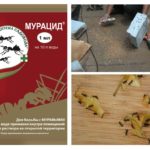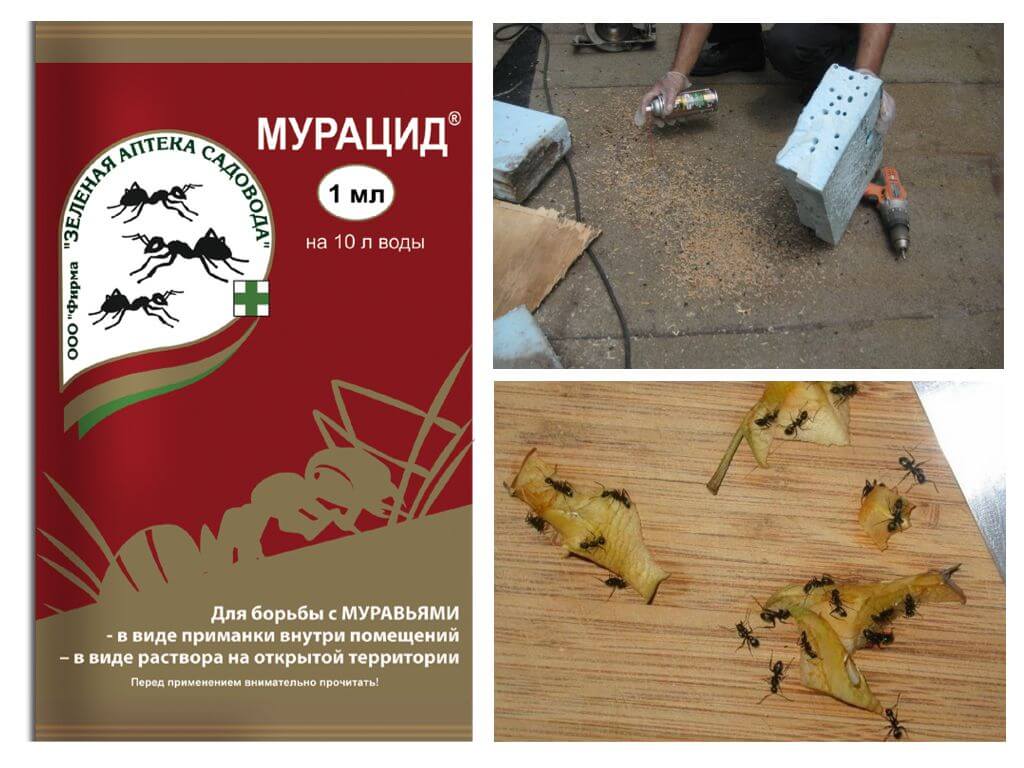Ants live in insulation
Content
- Ants in insulation
- Fighting ants
To heat a large house in the winter is difficult and expensive. Therefore, when building or repairing people try to further insulate the walls. In the course is foam, glass wool or modern materials: foam glass, ecowool, foam concrete. Thermal insulation is able to protect from cold, but it does not always save from pests. Sometimes rats, midges and ants can appear in the insulation.
Where ants are most often infested
Insects are primarily attracted to the frame and wooden houses.They can find shelter and hide anthill from human eyes. Empty space and natural materials also attract rats, beetles, flies. There pests feel at ease.
On a note!
The most frequent guests in the house - garden black ant, yellow garden and turf.
When building a house, the question may arise in which insulation ants are infested. The following materials are not able to protect the house from insects and rodents:
- fibrolite;
- polystyrene foam;
- polyethylene foam;
- honeycomb;
- arbolit;
- Chipboard and DVIP.
Arthropods toilers do not eat insulation, but they can make moves there and build nests. A real disaster will be a settlement in a house with hardwood floors. carpenter ant.
Methods of struggle
If ants live in insulation, it is necessary to fight with them. Shop chemistry is best with them:
- Thunder-2. The drug is valid for a month. The pests that come into contact with it are killed by the action of the insecticide.
- Muracid. Effective when the nest is between the wall of the house and a layer of insulation. The tool has an unpleasant odor. Insects leave the place after a week.
- A great warrior. This is a gel that lures ants. The poisonous substance gets on the paws of the insect and is transferred to the anthill. There it continues to act and kills those individuals who never leave the nest.
The use of chemicals can be dangerous. Especially if children or pets live in the house. Then you can resort to homemade recipes:
- Fresh mince required to mix with boric acid, roll it into small balls and spread it out on ant paths.
- Jam (1 cup) mixed with a spoon of boric acid and yeast. Put the composition on the lids and place in those parts of the house where insects appear.
It is not always possible to destroy the ants in a heater on their own. Then you should use the services of professionals.
Preventive measures
If you know how to protect the insulation from ants, then there will be no need to fight insects. But how to protect should think before construction:
- Organic insulation should be closed with concrete.
- Try to keep as few seams as possible in the material when you are warming the house.
- For the floor to use bulk materials.
But it is worth remembering that ants are not attracted by insulation, but by the smell of food. Therefore, you need to do regular cleaning, wipe the floor under the cabinets and behind the beds, do not scatter crumbs. Clean house insects will be uninteresting.
In which insulation ants will not start
Modern insulation is durable, durable and unattractive for various pests. If you want to live in a safe and warm house, then you should pay attention to the following types of insulation:
- expanded clay;
- foam concrete;
- foam glass;
- ecowool
In these materials, ants will not be able to dig moves and build an anthill. But between the wall of the house and insulation should not be free space. In it, the pest is able to inhabit and find food.
Ants benefit in the forest, but the house species is a pest that spoils food. To secure housing, you need to think about the insulation before the start of construction. Many modern materials allow us to make an “impregnable fortress” for rodents and insects from housing.









